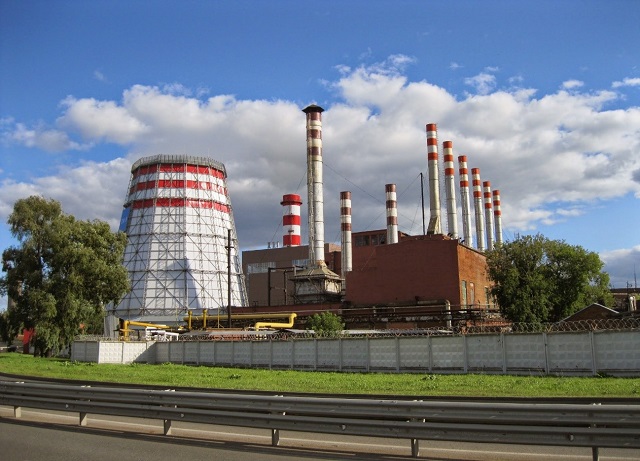With the verge of a tremendous transformation, the manner in which the electric force industry works may very well presumably surpass the best desires. Enormous changes in the power sector keep on occurring, from the decay of coal capacity to the ascent of energy stockpiling, large changes are occurring in the business. By now, it has become a cliche to suggest that the utility industry is on the brink of a big transformation.

It’s almost as if conjectures turned into predictions into expectations when the experts’ assertions toward the business role really considered. Now, with the falling costs for renewables and energy storage, the finalization of the nation’s first carbon regulations, and the proliferation of distributed energy resources, changes are taking hold faster than many expected. These show that adjustments in the business are occurring excessively quick than what was envisioned.
With some unconfirmed events, and news occurring in the electrical and power industry trends, we have identified this information to hopefully guide you in this sector and its uncertainties. Let’s introduce the top 10 trends that are currently changing the way the electric power sector works.
1. Decline in Coal Power:
The single most noticeable trend for most of the power companies and politicians is the steady retirement of the coal-fired power plants. In 2009 there were about 25000 MW of coal that had been retired, according to SNL Energy. In addition, the same amount of coal capacity will be retiring by 2022. For some of those retired plants, this led to the loss of profit due to historically low natural gas prices, environmental activism. Coal power alternative which is fossil also on a rough edge. Now, coal burn is also lower than it has been since 1980. In any case, despite the fact that the circumstance for coal power isn’t brilliant, the asset is as yet expected to be a significant fuel for the power age in 2030 and past.
2. Growth of Natural Gas:
Most of the companies now choose to invest in the gas plant, As market conditions and regulations push older coal generators into retirement, utilities looking to add more reliable capacity quickly are increasingly looking to gas plants. Though, wind and solar energy are also growing quickly. It can just offer capacity to an unassuming level of the absolute purchasers of the US.
3. Renewable reaching grid parity:
More traditional generation resources are often being priced out more and reaching the essence of grid parity: the point when the cost of the alternative energy gets equivalent to or not as much as power from traditional energy from conventional energy forms like fossil fuels. Grid parity is not the latest trend today but it shows a promising estimation for the industry.
4. Utilities on load defection:
With the declining cost and developing reception of sun oriented PV, and other circulated fuel sources (DERs) are important for an immense market for matrix-associated gadgets that signal the potential for what could be a huge yet problematic change in the manner clients identify with their utility and electric help. This is one of the contributing components to stack deserting is the quick proliferation of rooftop solar. Enormous clients are bypassing their service organizations to purchase renewable energy legitimately from a provider. To fulfill needs, energy stockpiling advancements are making approaches to make it simpler for purchasers to move their electric interest to times when electric costs are lower. Utilities fight load absconding by finding new open doors for income.
5. Solar Game Utilities:
Nowadays, more and more utilities are getting into the solar industry in response to the increasing load defection and consumer demand for clean energy. The Duke Energy and Southern Power are some of the examples of utility companies whose strategy is to form unregulated renewables developers for the utility-scale market. The quantity of utilities to utilize and offer sun powered energy will probably extend in light of the fact that they are hoping to enter the housetop market too.
These are the trends that are transforming the electric power sector.
Author Bio:
Sneha Sharma is a blogger who writes about various topics such as auto news, trends in automobile industry, auto finance and so on. She has a prominent existence and well participation on different social media platforms.